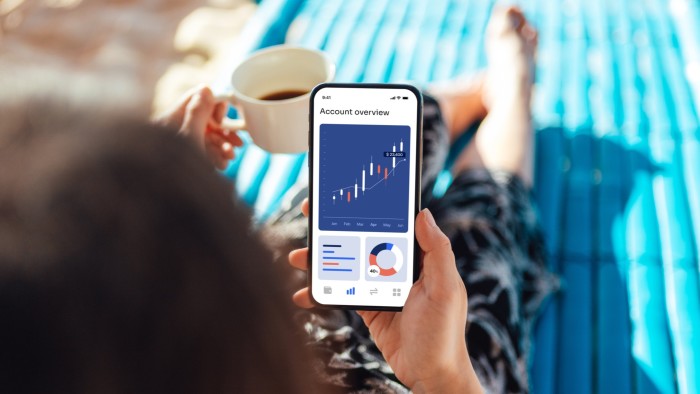Grumblers about passive investing may have a point


Simply sign up to the Investments myFT Digest -- delivered directly to your inbox.
Passive investment is a reasonably simple process that generates more than its fair share of bellyaching. Users love it. Rather than poring over spreadsheets to try to beat the broader market, investors from have-a-go punters to big institutions can buy dirt-cheap exchange-listed market trackers and save the bother.
Fund managers are generally not so keen, blaming passive investment’s rise and rise over the past 40 years for the fee war stalking the asset management industry. But this is not the only reason why the shift gets under their skin. Instead, they say it forces the stock market to move in mysterious ways and complicates the noble art of successful investing. This may sound like a lame excuse for running a portfolio badly, but it does seem to stack up. Indeed the issue is increasingly pressing.
The latest data from Morningstar, a funds monitoring company, showed that in December, the net assets in passive funds exceeded those in their active cousins for the first time ever. The demand for US mutual funds and exchange traded funds in 2023 was rather weak. A net $79bn flowed in, a massive rebound from a grim 2022. But it was the second-lowest organic growth rate in the data set going back to 1993.
The money that did flow in was heavily tilted towards passive funds, which, as Morningstar put it, have been “encroaching on active’s turf for years”. The passive total stands at $13.3tn with $8tn in US equities. “It’s been one-way traffic over the past decade,” Morningstar added, noting that US equity fund flows flipped in favour of passive as far back as 2005.
Those concerned that this has a sedating effect on the world’s biggest stock market may have a point. A study last month, published by the US’s National Bureau of Economic Research, said the greater use of indexing dulled the impact of news that should otherwise move stocks around.
Randall Morck at the University of Alberta and M Deniz Yavuz at Purdue University looked at currency shocks and their impact on companies that are sensitive to them, and then at whether those shocks are reflected as clearly in stocks in the S&P 500 index — the number-one target for passive money — as in those that are not.
“Our main tests reveal an economically and statistically significant 60 per cent lower difference in stocks’ idiosyncratic currency sensitivity when in versus not in the S&P 500,” the study states. “The result is highly robust. It is evident in stocks added to the index, stocks dropped from the index, and both combined.”
One wrinkle here is that companies successful enough to appear in the world’s most prestigious stocks index might be sufficiently powerful and global to smooth out the impact of currency shocks on their bottom line. But the core findings stick even after the researchers controlled for the extent to which companies hedge out their currency risks. Crucially, the currency sensitivity has also been declining over time, in lockstep with the rise in passive investment. And indexed stocks appear to show lower sensitivity to other shocks outside the fickle world of currencies.
Passive investment has its uses, the researchers suggest, with a nod to the textbooks advising investors to just sit back and watch their money grow. “However, our tests show that if enough investors follow this advice, their collective actions can combine to undermine the economics justifying that advice.”
In particular, it challenges the efficient markets hypothesis — the guiding star for investment that states asset prices reflect all available information. “Increased indexing . . . appears to be undermining the efficient markets hypothesis that supports its viability,” the paper says.
All this suggests that if passive investment keeps on growing (and it’s hard to see why it wouldn’t), then the whole process of investment becomes, over time, something distinct from seeking out, rewarding and profiting from successful companies. Instead it all becomes a circular bet on more money flowing in to the asset class.
It is pointless, and more than a little snobbish, to rail against passive investment, which has unlocked wealth for millions of people who otherwise might not be active in financial markets at all. Still, the growing body of evidence suggests stocks are insulated against surprises and less able to reflect fundamentals simply because of passive investment flows. This underlines the risk of faulty allocations of capital and alters the game in meaningful ways for passive and active investors alike.
Comments